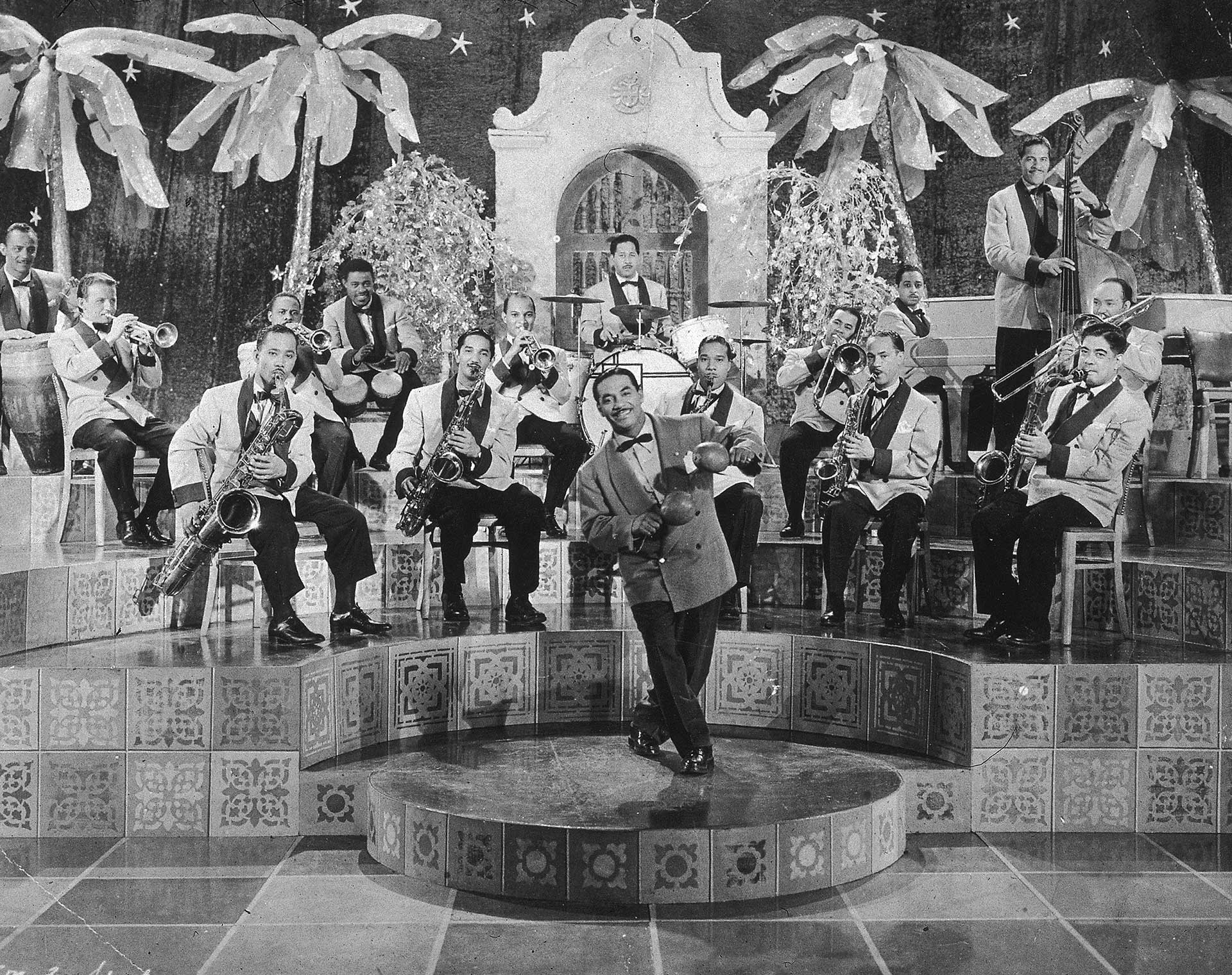You most likely would have heard a piece with the name of Danzon. Just this popularity alone shows how influential Cuba has been in shaping the musical culture of the Americas. Originating in 1791 during a Haitian slave revolt inside Cuba. The Danzon dance has spread across the world and across classes, causing connections between cultures. These danzones also influenced the salsa dance, which is another important artifact of the Central American musical scene1. Other styles like Son, which is a fundamental style of Latin American music style, partially originated from Cuba 2. While spreading from Cuba danzones were performed by Charangas Francescas or French orchestras. This style eventually spread to port cities in Mexico as well as Mexico City, where Danzon halls were created and still live on today, continuing the tradition.
An important factor of Caribbean music is Afro-Cuban musicians. These musicians helped develop both the Danzon and Son styles. Their knowledge of African musical traditions as well as incorporating it with Cuban styles. The two different waves of African forced migration in the 16th and free immigration in the 19th century after Cuba gained independence from Spain, allows for a rich culture to develop within Cuba. Afro-Cuban rhythms such as the clave, rumba, and conga have become integral parts of various Caribbean and Latin American music styles, including salsa, samba, and bossa nova. These two groups were both enslaved at one point 3 and found connection, which resulted in these stiles forming.
In the 1940s and 50s, two powerhouses of Afro-Cuban styles were created. The Mombo and the Cha-Cha-Cha 4. Both of these styles built off of the history of previous styles, such as the Mombo being taken from the faster sections of a Danzon these art styles are quintessentially Cuban 5. These styles quickly spread outside of Cuba and into the rest of the Americas, which leads to today’s current experience of Cuban American music. The Mambo especially grew within America thanks to Dámaso Pérez Prado, with hits such as Mambo No. 5 6. Many other Afro-Cuban and Cuban artists have since cemented themselves within North and Central American popular music and will continue to into the future.
1 García, Peter J. “Danzón.” The American Mosaic: The Latino American Experience, ABC-CLIO, 2023, latinoamerican2.abc-clio.com/Search/Display/1329602. Accessed 20 Sept. 2023.
2 Manuel, Peter. “Cuban Music.” The American Mosaic: The Latino American Experience, ABC-CLIO, 2023, latinoamerican2.abc-clio.com/Search/Display/1367105. Accessed 20 Sept. 2023.
3 Minahan, James B. “Afro-Cubans.” The American Mosaic: The Latino American Experience, ABC-CLIO, 2023, latinoamerican2.abc-clio.com/Search/Display/1333613. Accessed 20 Sept. 2023.
4 Smith, Hope Munro. “Caribbean Music.” The American Mosaic: The Latino American Experience, ABC-CLIO, 2023, latinoamerican2.abc-clio.com/Search/Display/1329970. Accessed 20 Sept. 2023.
5 Henken, Ted A. “Mambo.” The American Mosaic: The Latino American Experience, ABC-CLIO, 2023, latinoamerican2.abc-clio.com/Search/Display/1329769. Accessed 20 Sept. 2023.
6 Blanco, Ray. “Cubans in the U.S. Music Industry.” The American Mosaic: The Latino American Experience, ABC-CLIO, 2023, latinoamerican2.abc-clio.com/Search/Display/1326842. Accessed 20 Sept. 2023.

